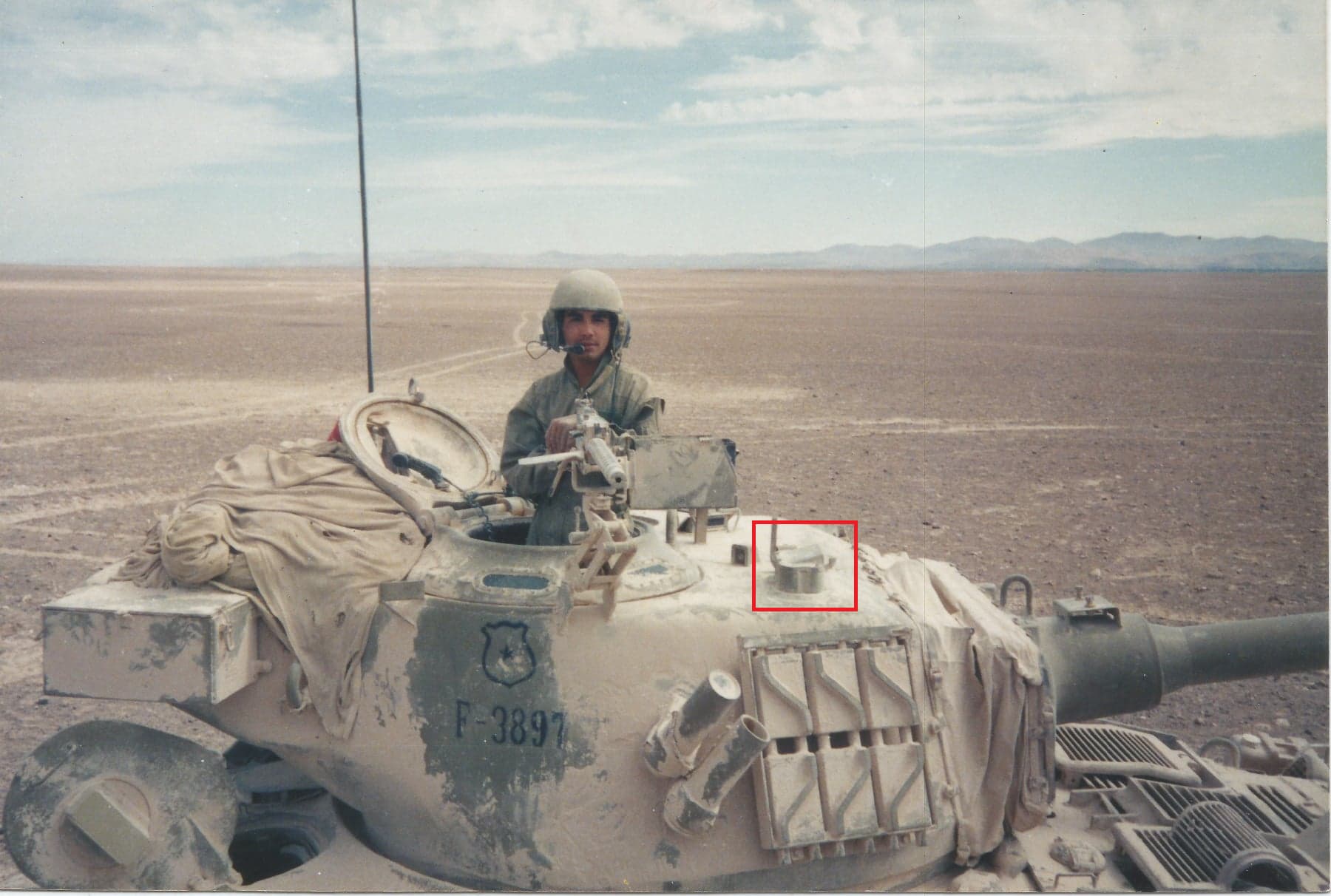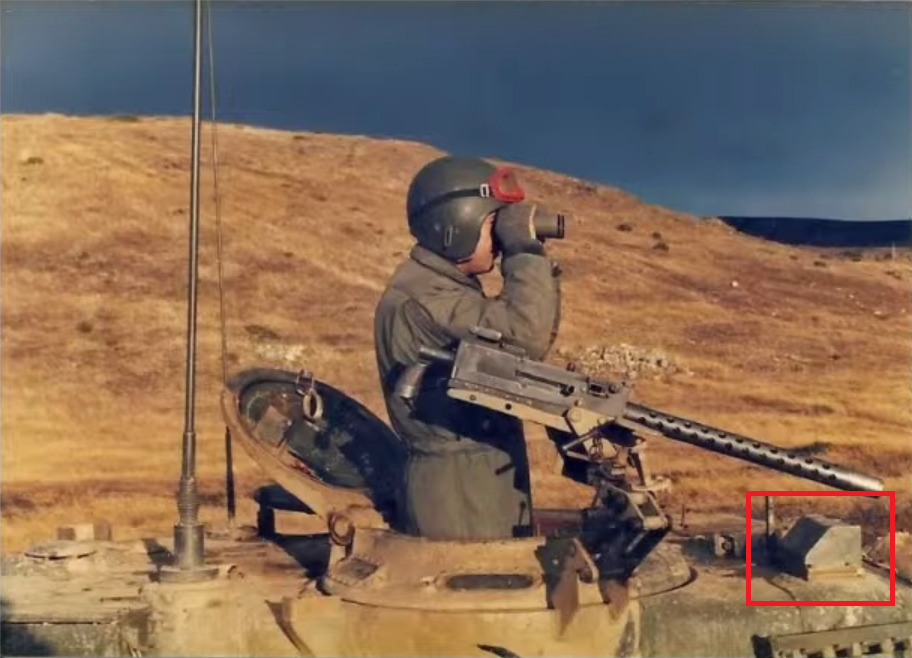- Yes
- No
M-51 Repotenciado
History:
By the end of the 70s, Chile was in a precarious situation in terms of armored material, this was really worrying since in those years Peru had acquired the Soviet T-55s and Argentina had the repowered Shermans and by then Chile had the old M4A1E9 that despite being slightly improved versions of the Shermans were insufficient to face the Peruvian and Argentine tanks. The acquisition of new armored material was a priority since border tensions with its neighbors were getting worse and a war could soon loom, so in 1981 Chile acquired 150 M-51 tanks from Israel since both countries had good relations. With the passage of time the tank was gaining the affection of the Chilean crews since they were a reliable medium and these tanks were distributed throughout the country, so they can be seen with different types of camouflage, for forest, desert and snow. The M-51s were kept in reserve until 2006 and were decommissioned in 2008. Some survive in museums or as guards in military bases in Chile.
The Israeli M-51s had a CN 105 high pressure gun in a new mantlet fitted to the T23 turret, were repowered with Continental diesel engines, fitted with new HVSS suspensions, with wider tracks. this conversion occurred essentially on late cast hulls of the M4A1 type with large hatches or on late welded hulls with 47° glacis (M4 and/or M4A3), Chile received both versions although the version with 47° glacis was more scarce so they were less. As for the armament they had the 105 mm gun L.51 D.1508. Before being sent to Chile, a .50 machine gun was installed in the upper part of the barrel, which was a rather peculiar modification, and a .30 machine gun was kept in the commander’s cupola. There are several photos of this special modification for Chile. The .50 machine gun did not last long in this way during its service in Chile, so in later photos it is no longer seen this way.
As the years went by, the old engines that these M-51s had began to reach the end of their useful life and have poor performance, for this reason Chile carried out the so-called “Proyecto-T” which consisted of the modernization of the tank, mainly the change of the old engine for a new one. In 1984 a contract was signed with Nimda of Israel to repower the M-50, M-51 and M41 of the Chilean army in addition to adding new fire control systems, work began in 1990. A new Detroit diesel 8V-71T engine of 475 hp at 2300 rpm was installed, the original Cletrac manual gearbox was preserved due to its excellent quality, the ability to climb slopes was improved which It was demonstrated in various field tests. In this way the maximum speed of the tanks increased from 38 km/h to 41 km/h due to the more powerful engine. The upgrade involved a modified engine platform. The exhaust system was mounted on the left side with the tailpipe facing down and covered with a curved perforated grille, all of these engine deck modification jobs were jobs done by local Chilean companies.



The most important part of the new fire control system was made up of its vision and aiming systems, the gunner’s optics were replaced with new ones and laser rangefinders were added. This new system was called EL-OP MSZ-2 and was installed on both the M-51 and M-50 in Chile. When these new devices were used in the field, they were later cleaned and stored since they could be disassembled.


To get acquainted with the new tank and train the crew the Simfire Tank Gunnery Simulator (TGS) was purchased from the Swiss company Solartron Analytical. This simulation system was made up of a laser beam projector mounted on the barrel connected to the gunner’s trigger and on top of the tank smoke launchers of different colors that simulated battle situations, the yellow smoke simulated that the tank had been hit by an enemy shot and the red smoke meant that the tank had been destroyed, these smoke launchers were activated when the laser beam hit the system’s detector unit. This realistic system was very useful for the Chilean crew as it gave them more experience in a real combat environment.


In the context of a possible war with Peru in northern Chile, the border had been mined, for this reason at least 8 RKM Nochri anti-mine roller systems were acquired from Israel that had been captured from the Syrian and Egyptian armies. The plate that was attached to the Chilean M-51s was specially designed for them through a joint effort between IMI and FAMAE of Chile (Fabricas y Maestranzas del Ejercito), these supports were installed on the hulls of the M4A1 and M4A3 although it was in the latter where it was preferred to install them since they fited better. On some occasions this special support was kept attached even if the minesweeper system was not installed, since this support was thick and could provide additional armor to the lower part of the hull of the tanks, mainly protecting the tank transmission and giving the Chilean tanks a distinctive look.




Specifications:
- Crew:
- 5 (Commander, gunner, loader, driver, bow-gunner)
- Armament:
- Primary: 105 mm gun L.51 D.1508 with 47 rounds
- Secondary: Coaxial Browning M1919 7.62 mm machine gun with 4750 rounds, Browning M1919 7.62 mm machine gun or Browning M2HB 12.7 mm machine with 600 rounds gun on top, Browning M2HB 12.7 mm machine on top of the tank barrel, Four 76mm smoke grenade launcher.
- Dimensions:
- Length: 6.15 m
- Width: 2.42 m
- Height: 2.24 m
- Weight: 40 tons battle ready
- Maneuverability:
- Engine: Detroit diesel 8V-71T, 475 hp at 2300 rpm
- Maximum speed: 41 km/h
- Suspensions: Horizontal Volute Springs Suspensions (HVSS)
- Armour:
- 63 mm frontal hull, 38 mm sides and rear, 19 mm top and bottom. 89 mm mantlet, 73 mm front, sides and rear of the turret.
- Accessories:
- Laser rangefinder
- RKM mineroller
- Additional front armor plate
Photos:
Sources:
- M-51 in Chilean Service - Tank Encyclopedia
- The Sherman in the Chilean Army Written by Tom Gannon
- M4 Sherman – Serie Terrestre #2 by Juan Carlos Cicalesi & Hugo Bianucci
- http://www.memoriachilena.gob.cl/archivos2/pdfs/MC0067618.pdf
- https://elbitsystems.com/media/Fire-Control-Systems.pdf
- https://www.cia.gov/readingroom/docs/CIA-RDP04T00990R000100390001-8.pdf (page 3)
- Jane’s A&A Upgrades 1995-96
- Israeli Sherman,Tracing the History of the Sherman Tank in Israeli Service by Thomas Gannon




























